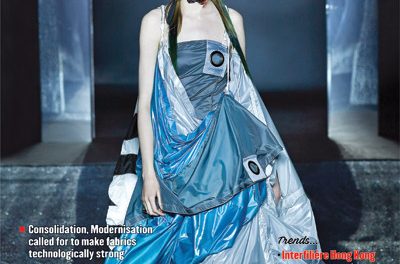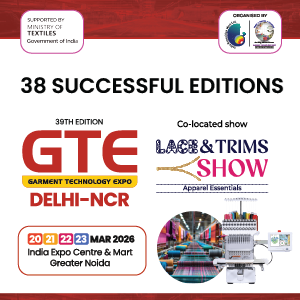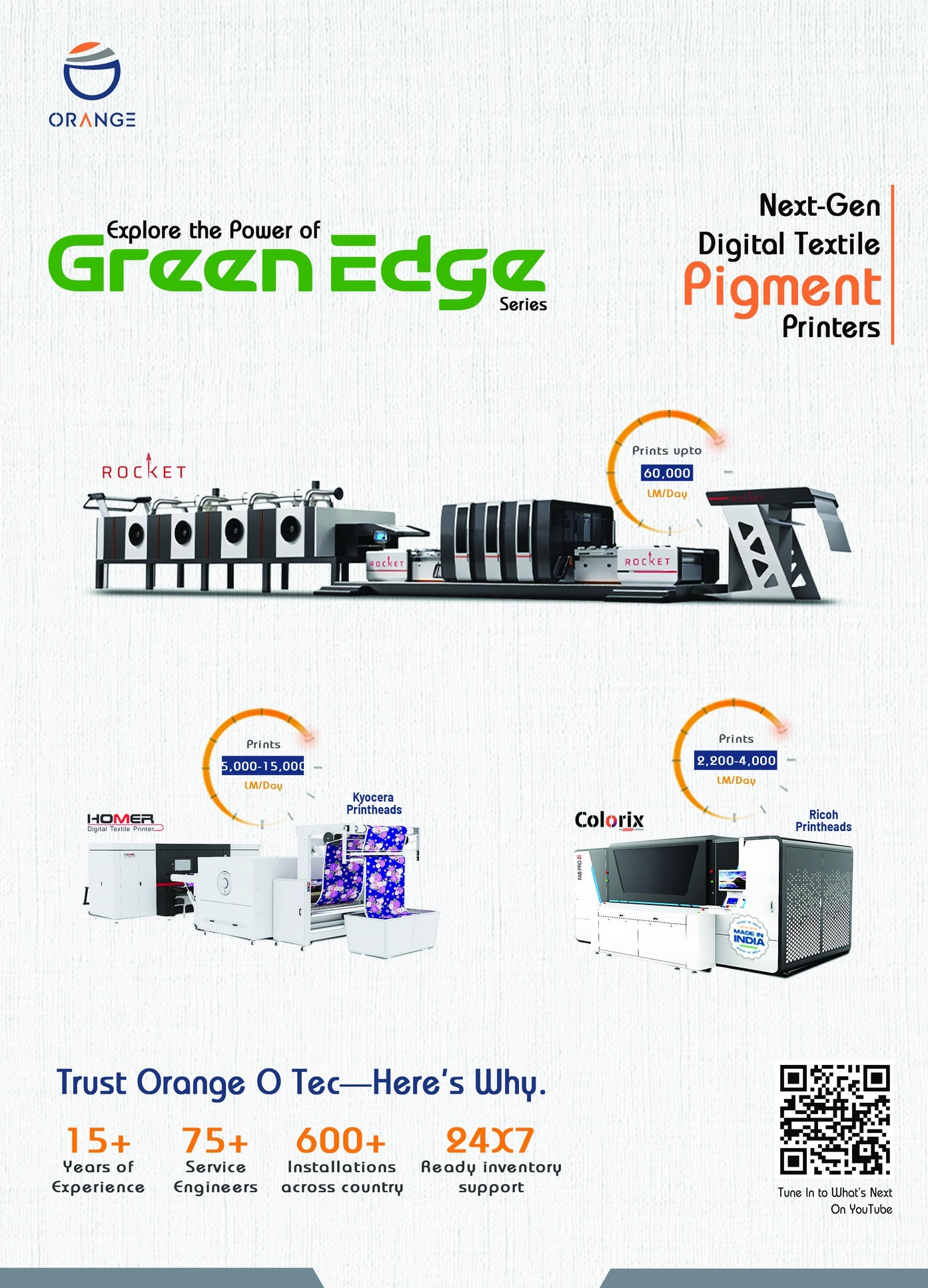
The global textile industry is a critical inflection point. Once celebrated for innovation and scale, it now finds itself under growing scrutiny for its environmental footprint- from water intensive raw material cultivation to mounting garment waste in landfills. As consumer awareness sharpens and regulatory pressures build globally, the call to rethink linear ‘take-make-dispose’ model has never been louder.
Circularity offers a transformative path forward- one that not only reduces environmental impact but also unlocks long term business resilience. For textile manufactures this means reimaging how products are designed, sourced, produced, used and ultimately reabsorbed into the value chain. Whether it ’s through recycling technologies, waste minimization, or closed loop systems, scaling circularity isn’t just sustainability imperative it’s a strategic business opportunity.
From Linear Legacy to Circular Imperative
Fast fashions ‘take-make-waste’ model has led to exponential emissions and waste: 30% of produced garments go unsold, many ending up in landfills unutilized. This happens to be more than just a compliance matter, it’s a strategic evolution imperative.
Designing for Waste Reduction
Circularity starts not on the shop floor, but at the drawing board. The materials chosen and the way products are designed can make or break a recycling strategy.
Scaling Textile Recycling
Technological innovation in textile recycling is accelerating. Today two primary forms of recycling dominate the industry:
• Mechanical recycling, where textiles are physically shredded and re-spun into new fabrics
• Chemical recycling, which breaks down fibers at the molecular level to extract virgin equivalent raw materials
Both have their strengths; Mechanical recycling works well for certain cotton rich materials but can degrade fiber quality over time. Chemical recycling, while more advanced and versatile, remains energy intensive and capital heavy although it shows strong potential for scale. The key to success lies in investing in infrastructure and partnerships that ensure a steady supply of post-consumer or post industrial waste- often the missing link in achieving consistent, high volume recycling outcomes.
Building Closed-Loop Systems
To truly close the loop, recycling must be supported by circular business models. These include:
• Product take-back programs, where end of life garments are returned to manufactures for recycling.
• Factory-level sorting and reuse, enabling preconsumer waste to be integrated into production.
• Digital product passports, which improve traceability and allow for smarter recycling decisions at end of life
While many of these systems are still evolving, pilot programs across production hubs show that with the right logistics and consumer engagement, high recovery rates are achievable.
Industry reports suggest that embedding such systems across the supply chain significantly reduce the need for virgin materials while keeping textiles in circulation longer.
Overcoming Key Barriers to Scale
Despite progress, several challenges remain on the path to circularity:
• Feedstock quality and availability: Postconsumer waste is highly variable in composition and condition. Without standardized sorting and pre-processing infrastructure, recycling efficiency is compromised. Emerging technologies such as AI powered sorting and fiber recognition, can address this bottleneck.
• Cost competitiveness: Virgin materials often remain cheaper than recycled ones due to subsidies, scale, and market forces. Scaling up facilities, combined with regulatory support can help bridge this cost gap.
• Consumer behavior: Circularity relies not just on supply chains, but also on how consumers interact with products- how long they use them, whether they return or discard them, and how they perceive value in recycled products.
• Policy frameworks: Extended Producer Responsibility (EPR) policies and new sustainability regulations are beginning to shift responsibility and cost for end of life management to manufactures. Forward thinking companies must get ahead of these mandates to avoid last minute disruptions.
Strategic Priorities for Textiles Leaders
As CEOs and industry leaders, the industry together must go beyond sustainability pledges to integrate circularity into core strategy. This includes:
• Investing in circular design and mandating recyclable materials across product lines
• Piloting recycling initiatives in partnership with technology providers or recycling networks
• Establishing reverse logistics systems for take back and reuse
• Educating end users and buyers on the value of recycled textiles and circular models
• Collaborating with policymakers and industry groups to help shape future ready standards and incentives
Conclusion
Thus circularity is not just about ethics; it’s about resilience. It reduces reliance on volatile raw material markets, supports regulatory compliance and enhances brand credibility with increasingly conscious consumers.
The journey towards circular manufacturing is not without complexity, but it is both necessary and achievable. For the textile industry, this not a trend it is the future. A closed loop system enables us to decouple growth from resource extraction, keeping materials in use and reducing pressure on the planet.
Sammir Dattani, Executive President, Sanathan Textiles Limited
















